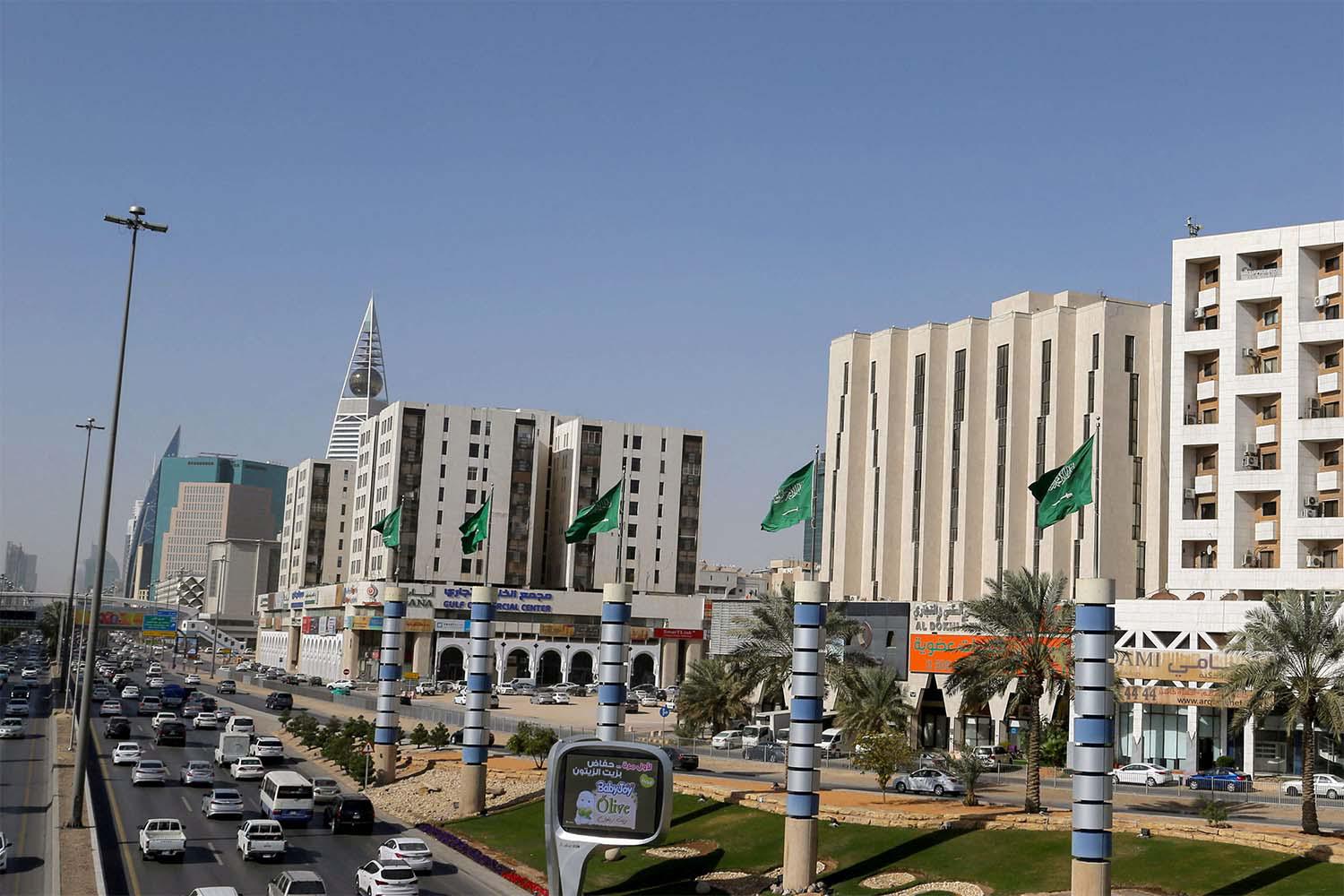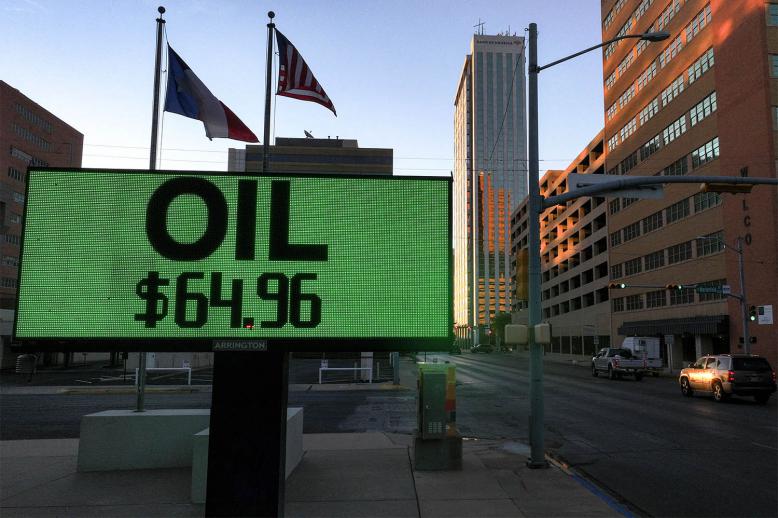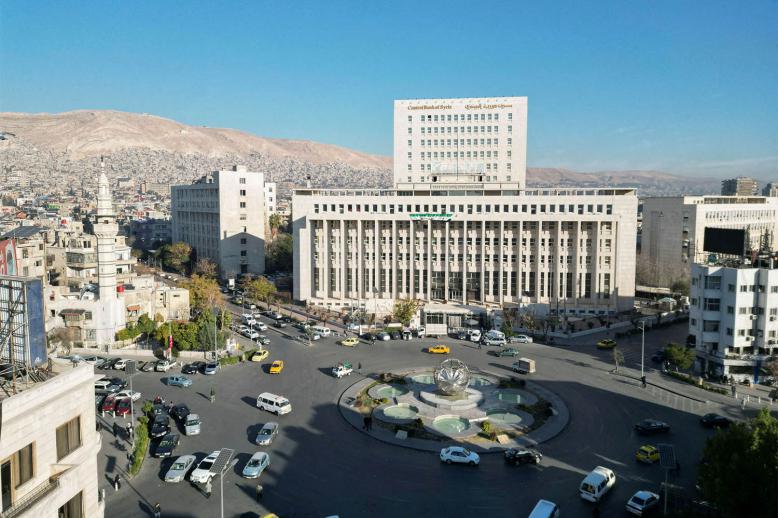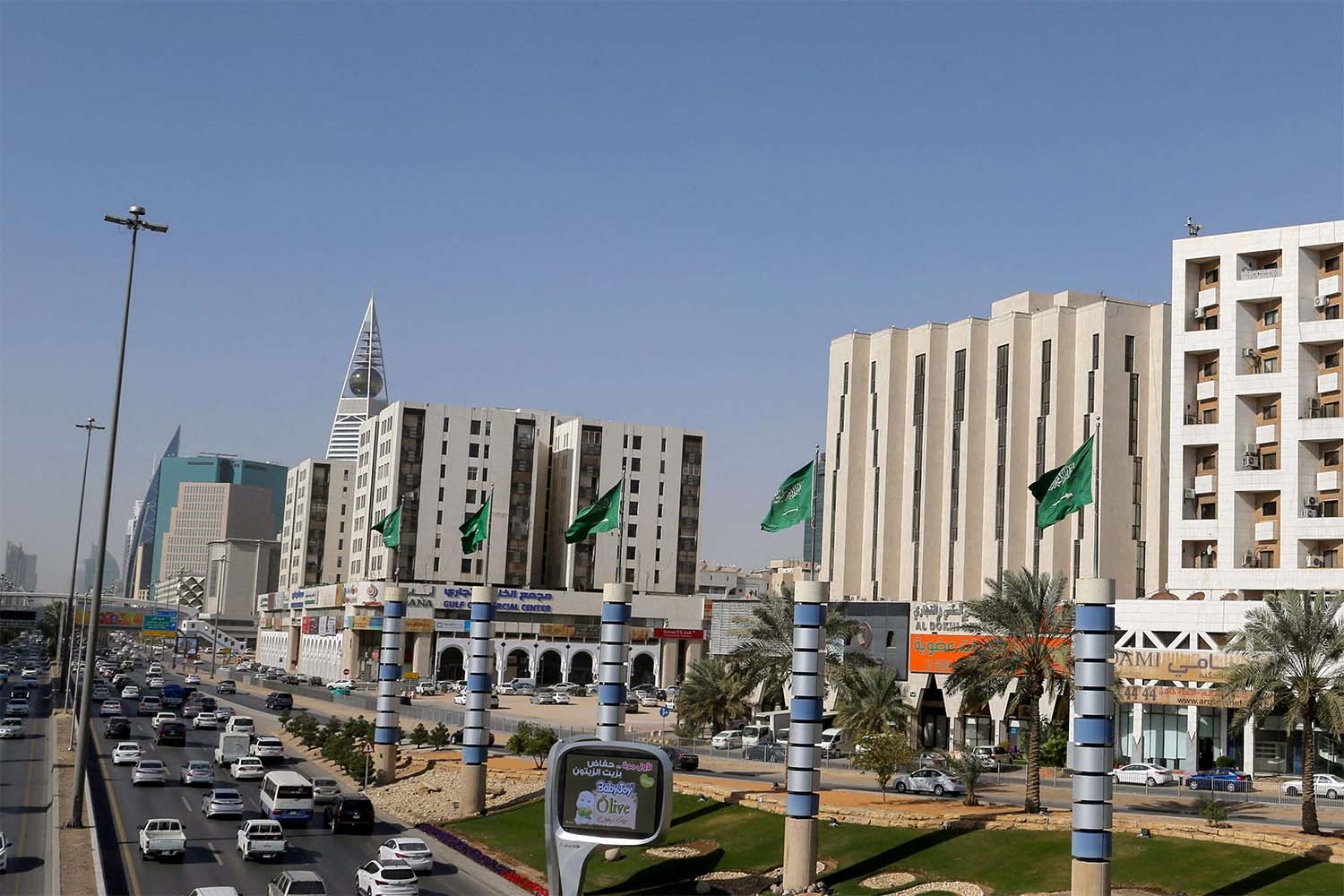Saudi budget deficit rises to $4.09 billion in second quarter
DUBAI - Saudi Arabia's budget deficit rose to 15.3 billion riyals ($4.09 billion) in the second quarter, almost three times the shortfall recorded a year ago, finance ministry data showed on Wednesday, reflecting the impact of rising spending on state finances.
Overall revenue rose 12% to 353.6 billion riyals during the quarter, but that was outpaced by a 15% increase in spending to almost 369 billion riyals.
The kingdom's sprawling Vision 2030 agenda calls for hundreds of billions of dollars in investments to develop new economic sectors and more sustainable revenue streams to reduce the dependence of the world's top oil exporter on fossil fuels.
Oil revenue was just under 213 billion riyals in April-June, up 18% year-on-year, while non-oil revenue rose 4%.
Subsidies rose 68% during the quarter and capital expenditures rose almost 50% year on year.
After the first six months of the year the budget deficit stood at 27.7 billion riyals, the ministry's budget performance report said. The government is forecasting a budget deficit of 79 billion riyals for the whole year.
The International Monetary Fund, which earlier this month cut Saudi Arabia's economic growth forecast by nearly a percentage point to 1.7%, has estimated the kingdom would require oil prices at $96.2 to balance its 2024 budget.
To cover its financing needs, Saudi Arabia has already raised $17 billion from the public debt markets this year and its oil giant Aramco and sovereign wealth fund PIF, which is steering Vision 2030, have also raised billions from bonds.
Saudi total public debt stood at 1.149 trillion riyals at the end of June, up from 1.05 trillion riyals at the end of last year.





